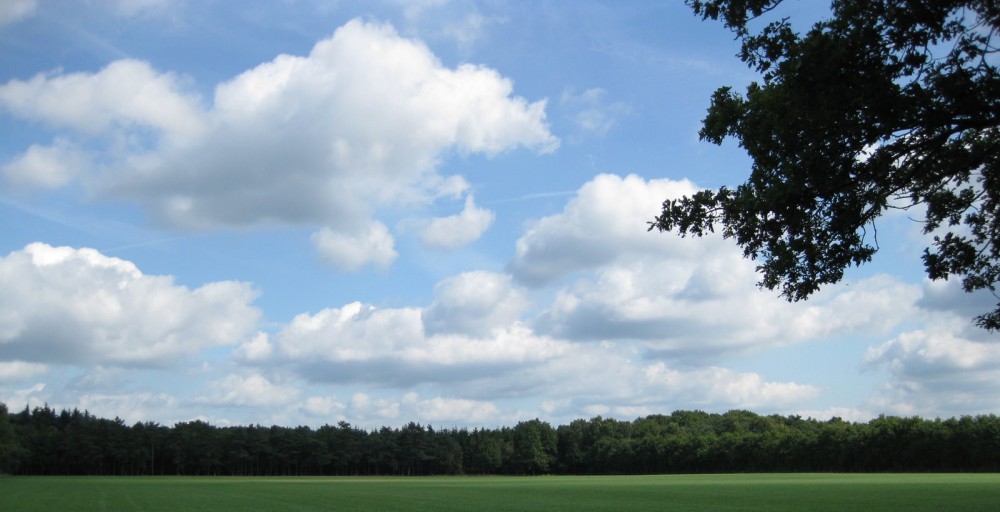Dear friends,
The purpose of Advayavada Buddhism is to become a true part of the whole.
Our quest is fully personalized: it is firmly based on what we increasingly know about ourselves and our world, and trusting our own intentions, feelings and conscience. Adherence to the familiar five precepts (not to kill, not to steal, sexual restraint, not to lie, and refraining from alcohol and drugs) and a well-considered understanding of the three (in Advayavada Buddhism, four) signs of being and the Buddha’s four noble truths (which, this quarter, are the subjects of weeks 27 to 31) suffice to start off on this Path at any time.
Advayavada Buddhism does not tell you what to do or believe, but invites us all to make the very best of our own lives by indeed attuning as best as possible with wondrous overall existence advancing over time now in its manifest direction. The Advayavada Study Plan (ASP) is repeated four times a year.
The purpose of the autonomous ASP is that we study (and debate in a local group, the family circle or with good friends) the meaning and implications of the weekly subject, not as a formal and impersonal intellectual exercise, but in the context of whatever we ourselves are presently doing or are concerned with, or about, such as our health, relationships, work, study, our place in society, etc.
My own specific personal objective this new quarter is to help improve the didactic presence of Advayavada Buddhism on the social media; what is your specific objective this quarter?
In week 27 we observed and studied the impermanence or changeability of all things, in week 28 we studied the selflessness and finitude of all things, and, to continue this 13-week action plan, in week 29 we again study as thoroughly as possible the ubiquity of existential suffering in the world; in Dutch: het existentieel lijden (het derde kenmerk van het bestaan en de eerste edele waarheid).
This task is based on the concept of dukkha (in Pali) or duhkha (in Sanskrit). Dukkha or duhkha means suffering, sorrow; dissatisfaction; frustration, stress; pervasive unsatisfactoriness; gnawing unease; the existential distress and distrust of life non-liberated human beings are prone to. It is the third of the three (in Advayavada Buddhism, four) signs or marks or basic facts of being and the first of the four noble truths of Buddhism.
In Advayavada Buddhism, dukkha or duhkha does not include emotional grief nor physical pain and is above all not seen as a permanent feature of reality; it is ‘only admitted and entertained as a possible contingency in life as it is generally lived’ (B.C. Law). It is then rather an existential suffering in the sense of a basic frustration, even suffocation, caused by the unhealthy and socially infectious feeling that ‘reality does not conform to our innermost desires’ (David Loy).
Nirvana is, in Advayavada Buddhism, the total extinction of our existential suffering as a result, instead, of our complete reconciliation and harmonization with reality as it truly is beyond our commonly limited and biased personal experience of it; the unremitting persistency of human distress, alienation and conflict, in short, dukkha or duhkha, is undeniably due to the very many everywhere not knowing or not understanding or simply disbelieving the true nature of existence.
Please note that these ASP instalments in this format will cease in week 31.
Kind regards,
John Willemsens,
Advayavada Foundation.
@advayavada
